Zurgena and its neighbour Alfoquia across the Almanzora river in Almeria province, Andalucia
By Nick Nutter | Updated 24 Jun 2022 | Almería | Villages |
Login to add to YOUR Favourites or Read Later
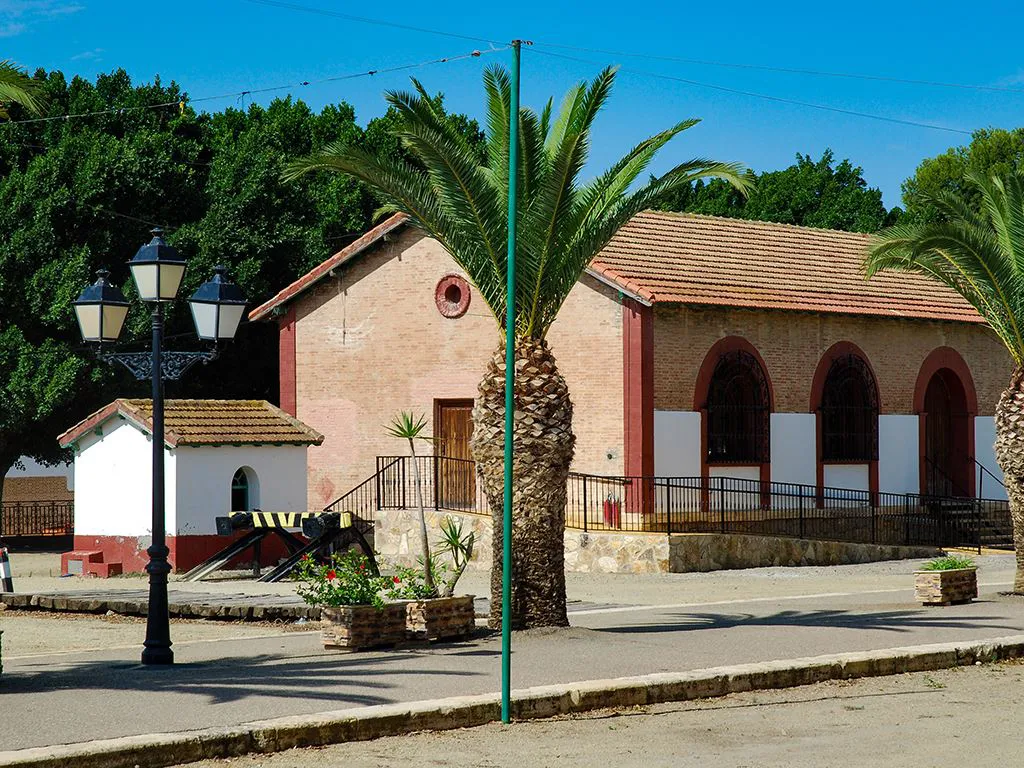
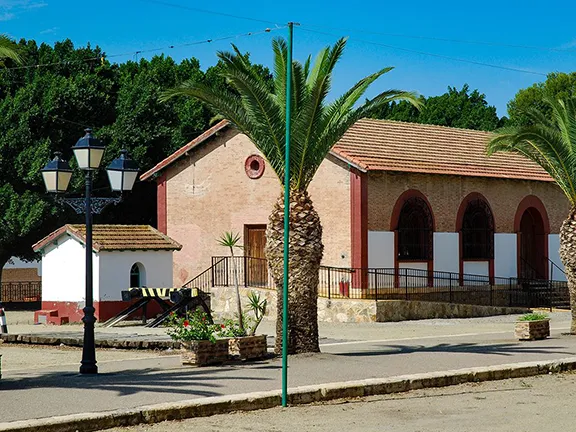
Zurgena station
It is always a challenge to arrive at a village, particularly an attractive village, and find no information as to why the village is there, how long it has been there, its history, its raison d’etre. It does not help when you are informed at the Ayuntamiento that the ‘Libro de Apeo y Población’, the Survey and Population book, normally a window into the past, has been lost in the mists of time. Such is the case at Zurgena, a small town that straddles the Almanzora river.
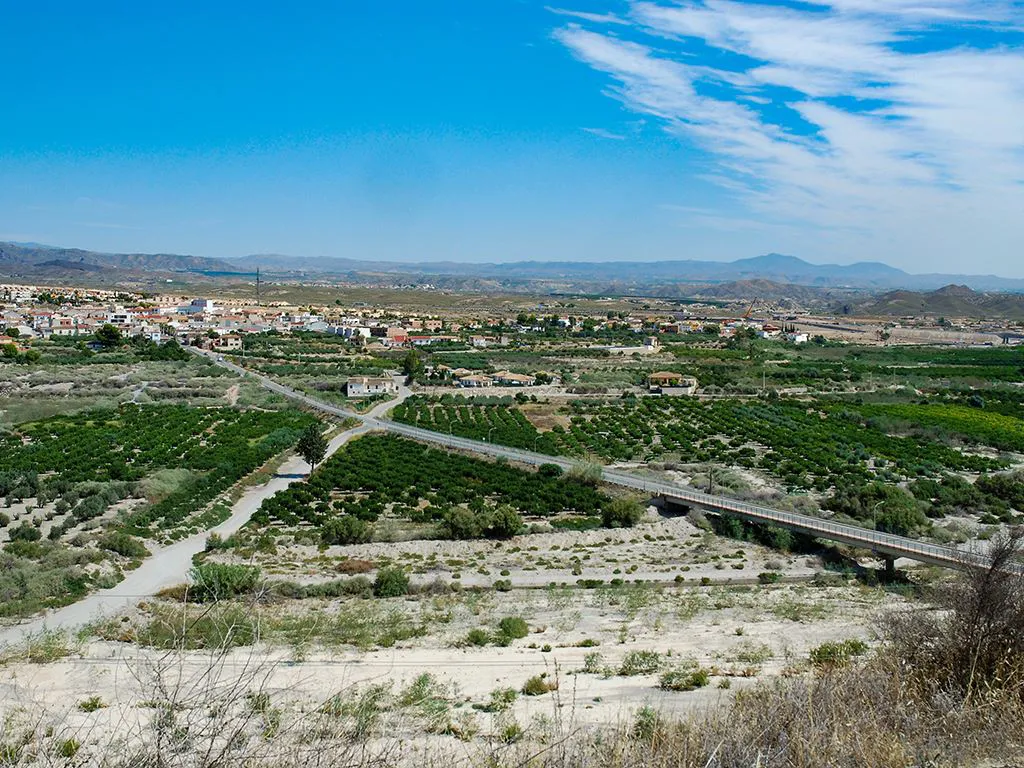
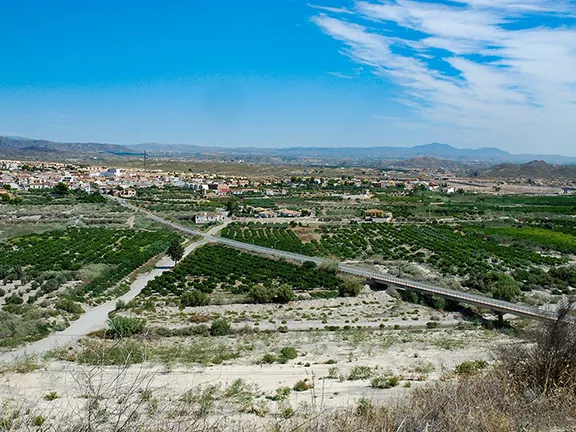
Bridge to Alfoquia
A good place to start is the church. In Zurgena the parish church is called Iglesia Parroquial San Ramón Nonato. It was built in a style known as Neo-Mudejar between 1525 and 1560. It was at this time that Zurgena became a town in its own right rather than belonging to Huércal-Overa. The church was built on the foundations of a mosque, so we know there was a village here during at least part of the al-Andalus period.
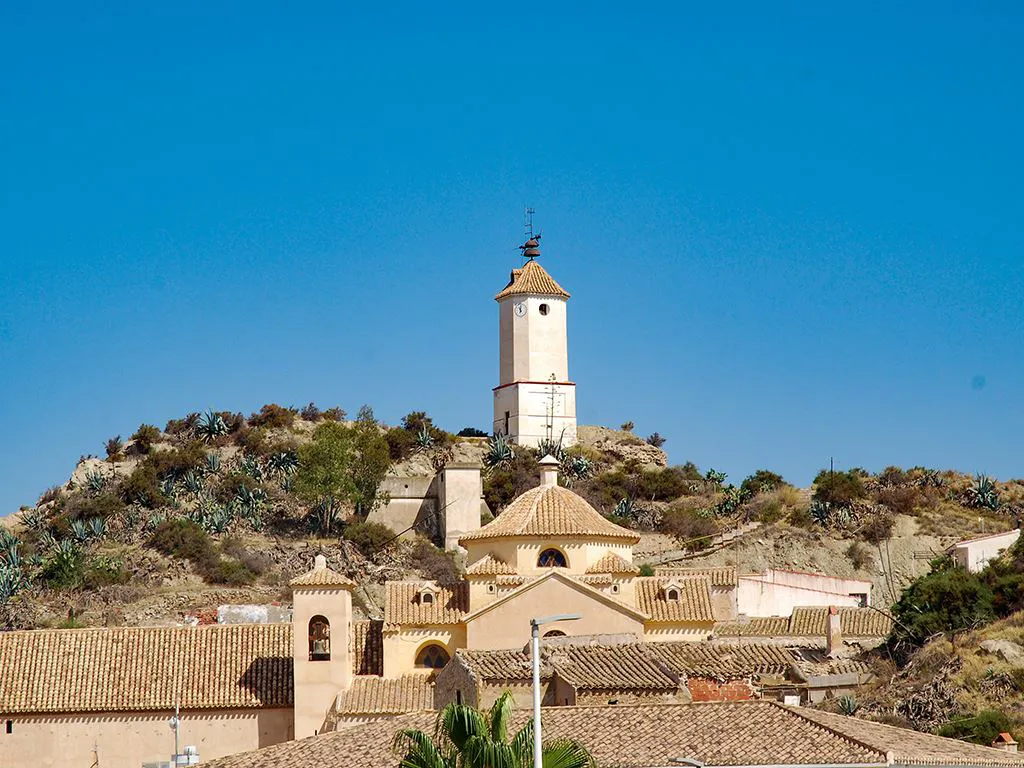
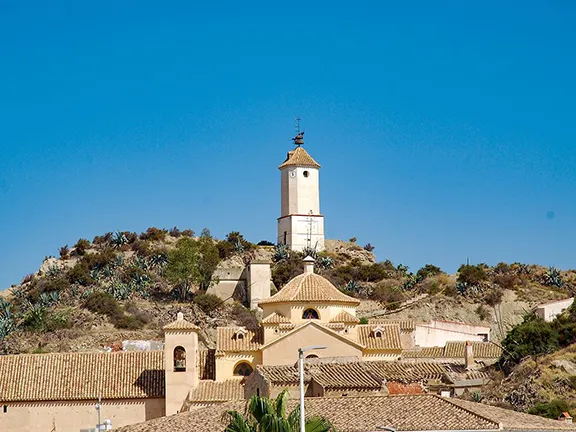
Cerro del Castillo, Zurgena
The main part of the Muslim village seems to have been in the vicinity of a hill known as Cerro del Castillo. That would make sense, it is the highest point of the village with good views along the Almanzora valley. Today, the top of this hill is crowned by the Torre del Reloj, the 7 metre high clock tower with its distinctive Arabic tiled roof topped by a weathervane and the housing for the bells that now sound the hour electrically. In February 2021, funds were allocated to restore the tower and the area on the hill surrounding it. The municipality is hoping to recover some of its historical heritage.
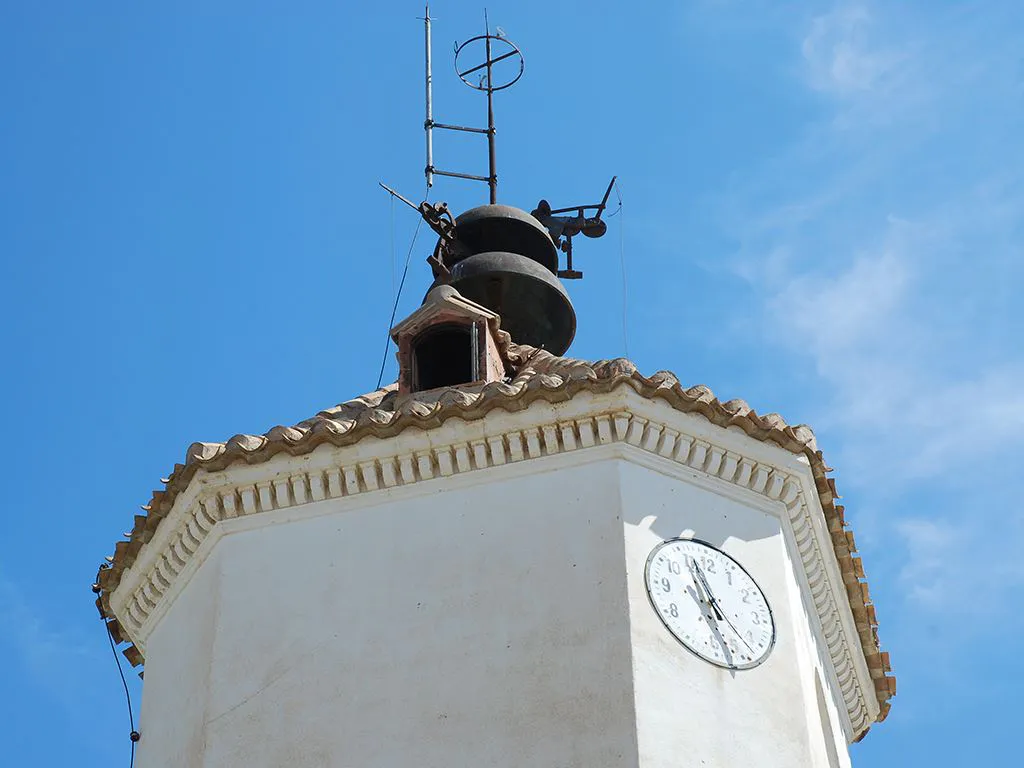
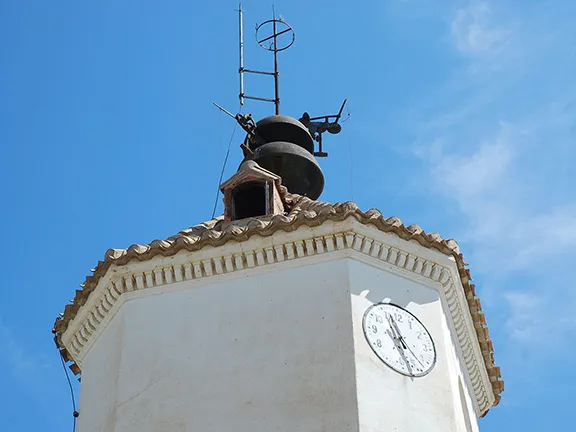
Clock tower Zurgena
A small square just off Avenida 19 de Octubre has a couple of bars that serve drinks and tapas and seems to be the centre of social activity in the village.
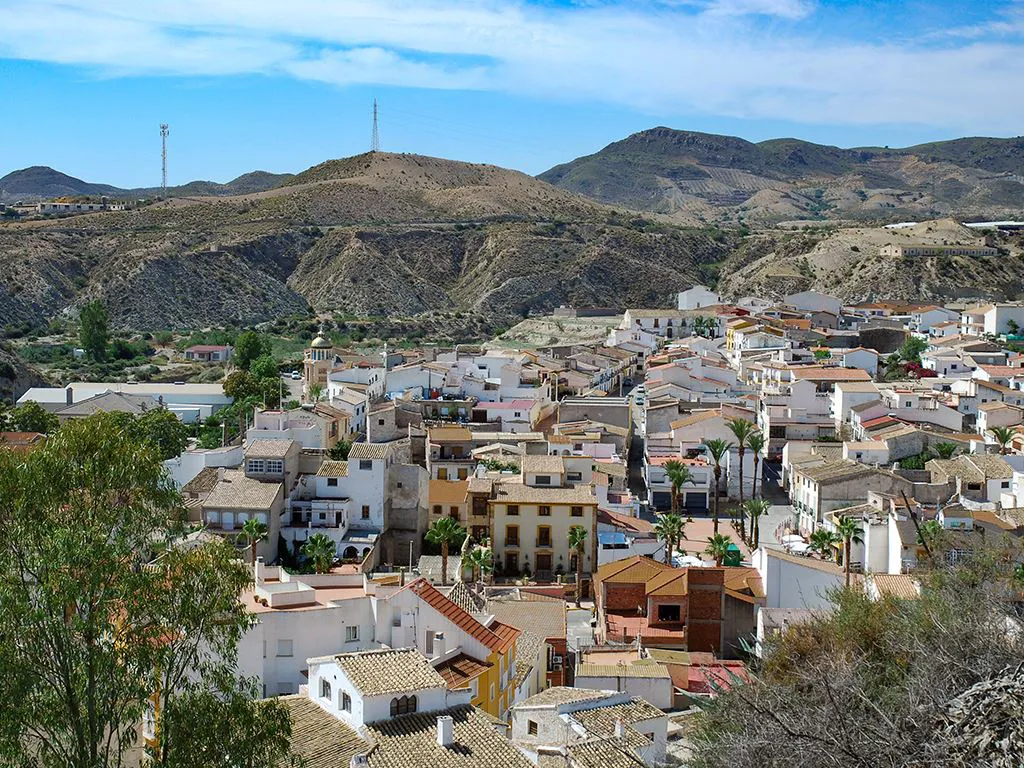
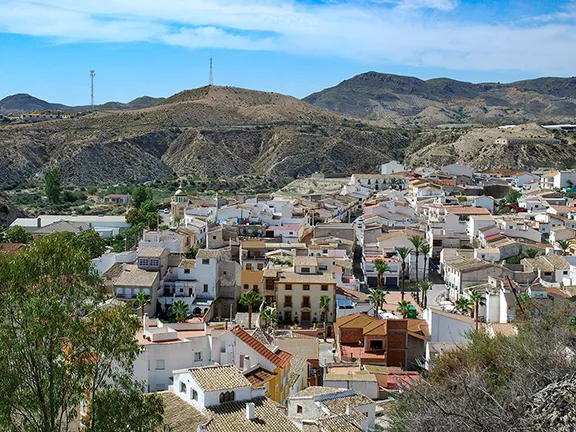
Zurgen village
In the middle of the 19th century, one Pascual Madoz recorded that Zurgena consisted of two neighbourhoods consisting of narrow, unpaved streets. The agricultural produce of the town included cereals, oil, legumes and pastures for raising cattle, sheep, horses and some mules, and large and small game.
There were 10 flour mills, 4 oil mills, a saltpetre factory, and 5 ovens to bake bread.
In the cottages, canvas looms manufactured woollen bedspreads and horse blankets.
As well as being the lifeblood of the town, the river Almanzora can also be a danger. The river is subject to frequent floods which sometimes cause considerable damage. The last great flood that is remembered is that of 1973, which devastated a large part of the hamlet and left six dead.
Its economy continues to be agrarian based, with pre-eminence of the almond and orange trees, although its proximity to the coast allows the development of the construction sectors, real estate and rental activities, transport and storage activities, and the hospitality industry.
Fiesta is at the end of August in honour of the patron, San Ramón Nonato.
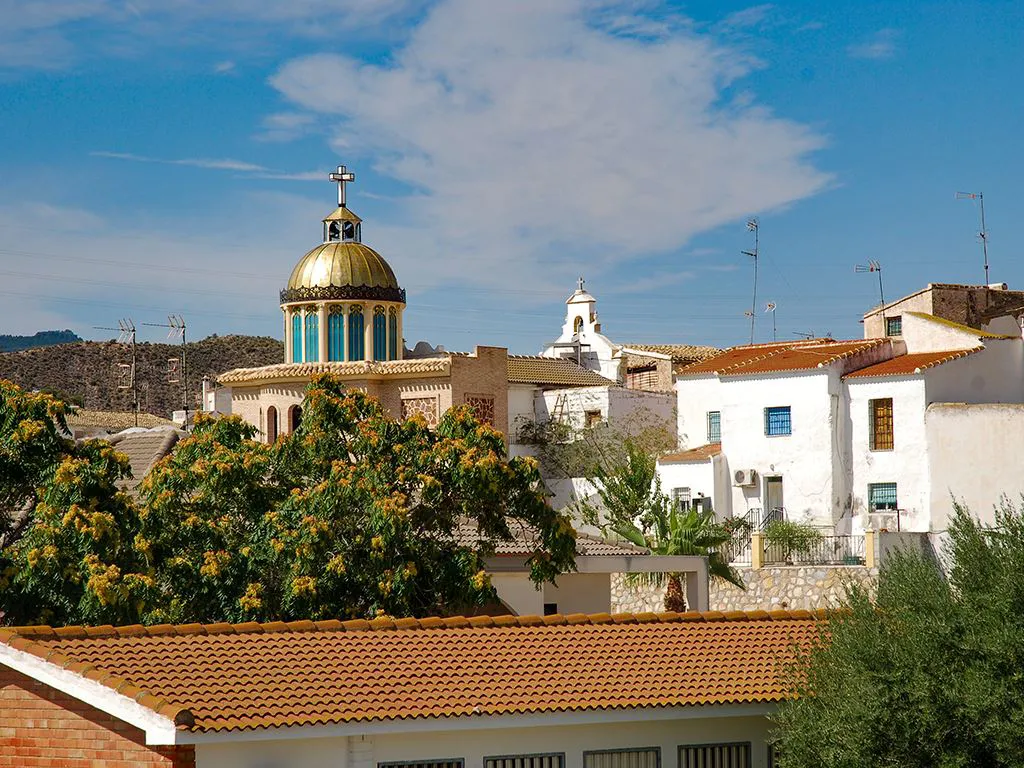
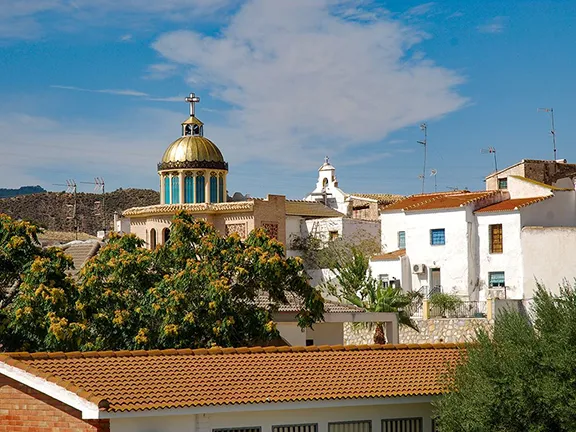
Iglesia Parroquial San Ramón Nonato
The more recent part of the town, Barrio de la Estación more familiarly known as La Alfoquia, is separated from the old by the Almanzora river and a broad strip on either side where fruit trees are grown, mainly oranges and lemons. This green belt is in stark contrast to the brown, dry, arid land that encroaches from either side. A bridge takes you between the two parts of the town. Before the bridge was built and still used today when the river is dry, is Calle Extramuros, a rough track across the riverbed. La Alfoquia owes its existence to the rail line constructed at the end of the 19th century between Baza in Granada province and Lorca in Murcia.
There is nothing particularly remarkable about this northern section of the town apart from the old Estacion de Ferrocarril, or railway station, of Zurgena. The Baza to Lorca railway line was built by the Great Southern of Spain Railway Company Ltd., a British concern, for the purpose of moving the metallic ores from the mining areas of Granada and Almeria to El Hornillo ore loading dock at Aguilas in Murcia, via a branch line from Almendricos. The Zurgena station was inaugurated in June 1892 and the line from Huércal-Overa reached Zurgena the following month. In November 1893 the stretch from Zurgena to Albox was officially opened.
In its heyday, during the first half of the 20th century, the line was a huge boon to industry in the Almanzora valley, not just mining. The railway provided a swift way to move goods and people to markets and ports, avoiding the roads that were, until the middle of the century, little more than cart tracks. Three trains used the track through Zurgena. El Frutero was, as the name suggests, a freight train that carried the produce of the land and pulled a coach fitted with wooden seats for passengers. El Correo was the mail train that delivered and picked up twice per day and El Mineral was the mineral train that transported metallic ores from the Sierra Filabres to the loading dock at Aguilas. More ore arrived at Zurgena from the mines towards Lubrin. It was carried in donkey carts where it was dumped alongside the track and manually loaded into the hopper wagons.
Zurgena station was an important part of the Baza to Lorca line. There were sidings for goods trains to remain overnight before continuing their journey in the early hours of the morning, a turntable and permanent engineering staff. The reason Zurgena, an otherwise unimportant town, was chosen for this activity was the 40 metres incline between there and Huércal-Overa. Three engines were employed to take the heavy mineral trains up the incline after which two of them would return to Zurgena to repeat the process.
Recently renovated, the station is an interesting part of the area’s industrial history. Notice the very British look to the buildings.